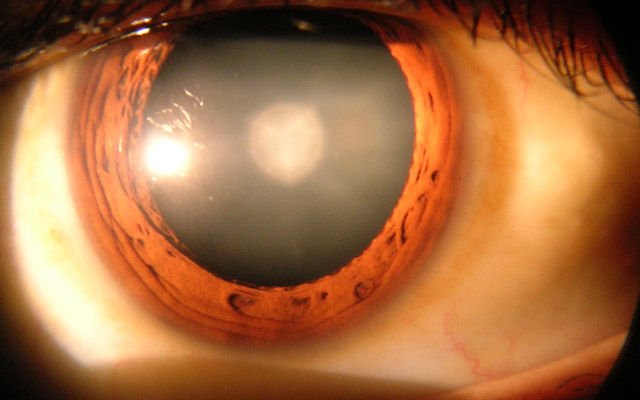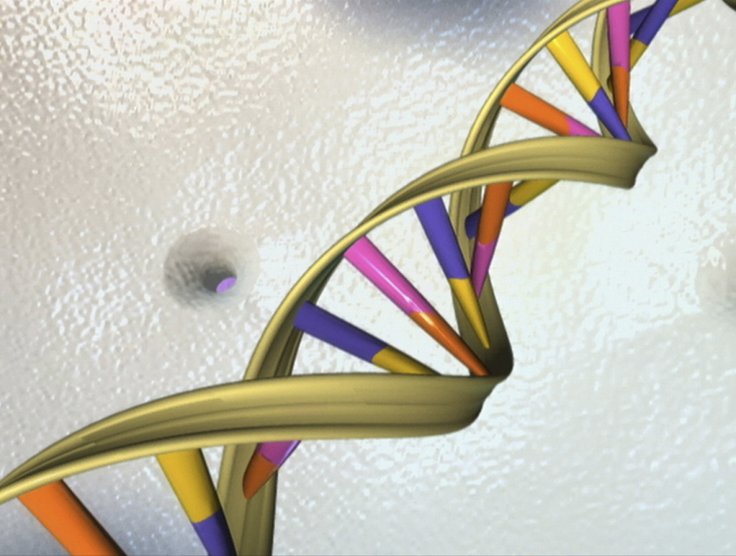Gene editing, also known as genome editing is a technique in which DNA is inserted, deleted, replaced or modified in the genome of a living organism. Now, for the first time in history, scientists said that they have used CRISPR, a gene-editing technology, to try to edit a gene while the DNA is still inside a person's body.
A patient recently had it done for an inherited form of blindness at the Casey Eye Institute at Oregon Health & Science University in Portland.
The revolutionary gene-editing procedure

It should be mentioned that this procedure included the injection of a microscopic gene-editing tool into the eye of the patient with a rare genetic disorder. Scientists, who performed this groundbreaking procedure expect to know within weeks whether this approach is working or not and they believe that within two to three months they will get to know how much vision will be restored.
The lead author of the study, Eric Pierce, a professor of ophthalmology at Harvard Medical School and director of the Inherited Retinal Disorders Service at Massachusetts Eye and Ear said that the team of scientists are "Helping open, potentially, an era of gene-editing for therapeutic use that could have impact in many aspects of medicine."

CRISPR gene-editing
It should be mentioned that the CRISPR or Cas9 system effectively does two things, searching a cell's genetic material looking for a specific DNA sequence and once a match is found, it cuts the target DNA. CRISPR, This particular technique has revolutionized scientific research by making it much easier to rewrite the genetic code and gave an opportunity to the researchers to find a cure for rare diseases.
In this new case, the doctors had injected microscopic droplets carrying a harmless virus that had been engineered to deliver the instructions to manufacture the Cas9 system. As per Pierce, maximum people affected by this disease have the most severe end of the spectrum, in terms of how poor their vision is, that left them "functionally blind." Scientists hope that the new approach will restore production of a crucial protein and prevent the death of cells in the retina, as well as revive other cells which will enable patients to regain at least some vision.
Pierce said "It's the first time the CRISPR gene-editing is used directly in a patient," and "We're really optimistic that this has a good chance of being effective."
The groundbreaking study
This research is being sponsored by Editas Medicine, of Cambridge, Mass, and Allergan, in Dublin. Charles Albright, the chief scientific officer at Editas said they are hopeful that the ability to edit inside the body "is going to open entirely new areas of medicine and lead to a whole new class of therapies for diseases that are not treatable any other way."
While this new approach appears to be safe and effective, scientists claimed that they will start treating younger patients. Albright said, "We believe children have the potential to have the most benefit from their therapy because we know their visual pathways are still intact."









